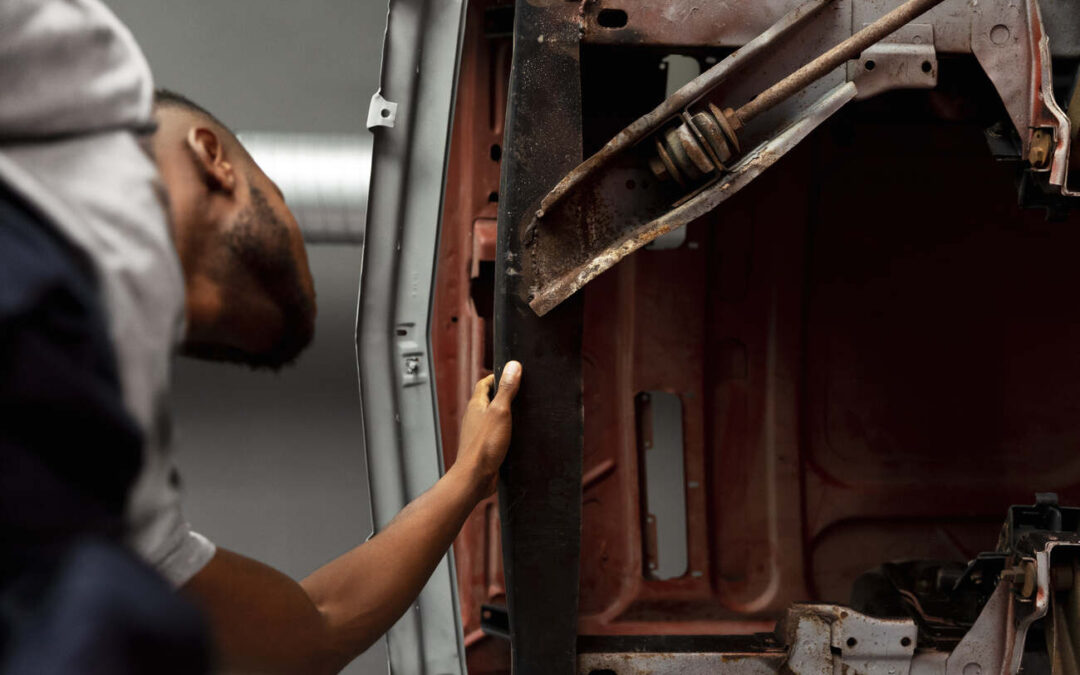Mobile homes and regular housing differ in some important ways, and these differences impact the HVAC solutions that each type of housing can hold.
HVAC is short for heating, ventilation and air conditioning. When you consider that a mobile home is often a fraction of the size of a regular home, you’ll start to understand the rationale behind some of the differences in heating and cooling.
Differences Between the Two HVAC Units
As you can imagine, mobile homes lack central air conditioning, central heating or a comprehensive HVAC unit that might be installed on a commercial property’s rooftop. Practical limitations make these difficult or impossible to install on a mobile home.
Forced Air Unit
So, what exactly do mobile homes do for heat in the winter? Many mobile homes use a forced air unit to combat the cold.
Since there’s little room for a large furnace or central heating unit, most mobile homes come with a furnace cabinet to accommodate a forced air unit and keep the entire mobile home comfortable year-round.
The furnace cabinet on a mobile home has a vented door, which emulates the exhaust vent you would find near your home’s furnace. It’s still critical for mobile home owners to ensure that nothing obstructs the vent from doing its job. A blockage will cause the internal parts of the mobile home’s forced air unit to overheat and possibly malfunction.
In contrast to a central heating unit found in many homes, or rooftop HVAC at commercial properties, the forced air unit affixed to a mobile home usually has to be disassembled to get to the unit’s ignition.
Central Air Vs. Window Unit
Regular homes can usually accommodate central air conditioning with its network of vents, ducts and thermostats.
The same is not true for most mobile homes. Mobile homes usually get cooled off with the help of a window air conditioning unit. There are a few mobile homes that have ducts connected to the furnace as well as cooling coils within the mobile home’s furnace cabinet itself, but this kind of setup is rare.
Other mobile homes have an ingenious network of crossover ducts under the edifice itself. These crossover ducts, as the name implies, transfer hot and cold air from one end of the mobile home to the other. A crossover duct network is normally well-insulated and can substantially reduce the utility bills of mobile home owners.
Energy Audits for Mobile Homes
Before you even think about upgrading your HVAC setup, get a mobile home energy audit. Seriously, it’s a game-changer. A certified technician will check for leaks, insulation gaps, airflow issues—basically anything that could be draining your energy and hiking up your utility bill.
In 2025, energy audits are way more accessible, with many utility companies in California offering free or discounted energy assessments. This isn’t just about saving money either—an audit helps you figure out the exact BTU load requirements for your space, which prevents you from overbuying (or underbuying) when choosing a new system.
Why Ductless Mini-Splits Are Dominating in 2025
If you’re still dealing with loud window units or an overworked forced air system, it might be time to join the modern era with a ductless mini-split heat pump. These units are perfect for mobile homes thanks to their compact size, zoned comfort options, and ultra-efficient SEER ratings—many models now reach 28+ SEER in 2025.
Plus, ductless systems are super easy to install without tearing up your walls or flooring. And since they don’t rely on leaky ducts, you’ll immediately notice more consistent temps and better humidity control throughout the home. Bonus: newer models come with smart HVAC thermostats that let you control your system from your phone, even when you’re out grabbing groceries.
Importance of Proper Sizing for your HVAC
Here’s something a lot of folks miss—bigger isn’t always better when it comes to HVAC units. If your heat pump or A/C is too powerful for your space, it’ll short-cycle, wear out faster, and leave you with uneven temps and crazy bills.
For mobile homes, proper HVAC sizing is everything. Use your energy audit results to determine your BTU load needs based on square footage, insulation level, and local climate. As a rule of thumb, most mobile homes need between 20-30 BTUs per square foot, but that varies with insulation and layout. Always go with a contractor who calculates load based on Manual J protocols—not just a guess based on square footage alone.
Heating and Cooling Differences
The differences listed above between a mobile home’s heating and cooling solutions and a regular home’s HVAC largely comes down to a mobile home’s smaller size and other practical limitations of life on the road. If you need more help discovering the right HVAC solution for your home, contact Valley Comfort Heating and Air today.



